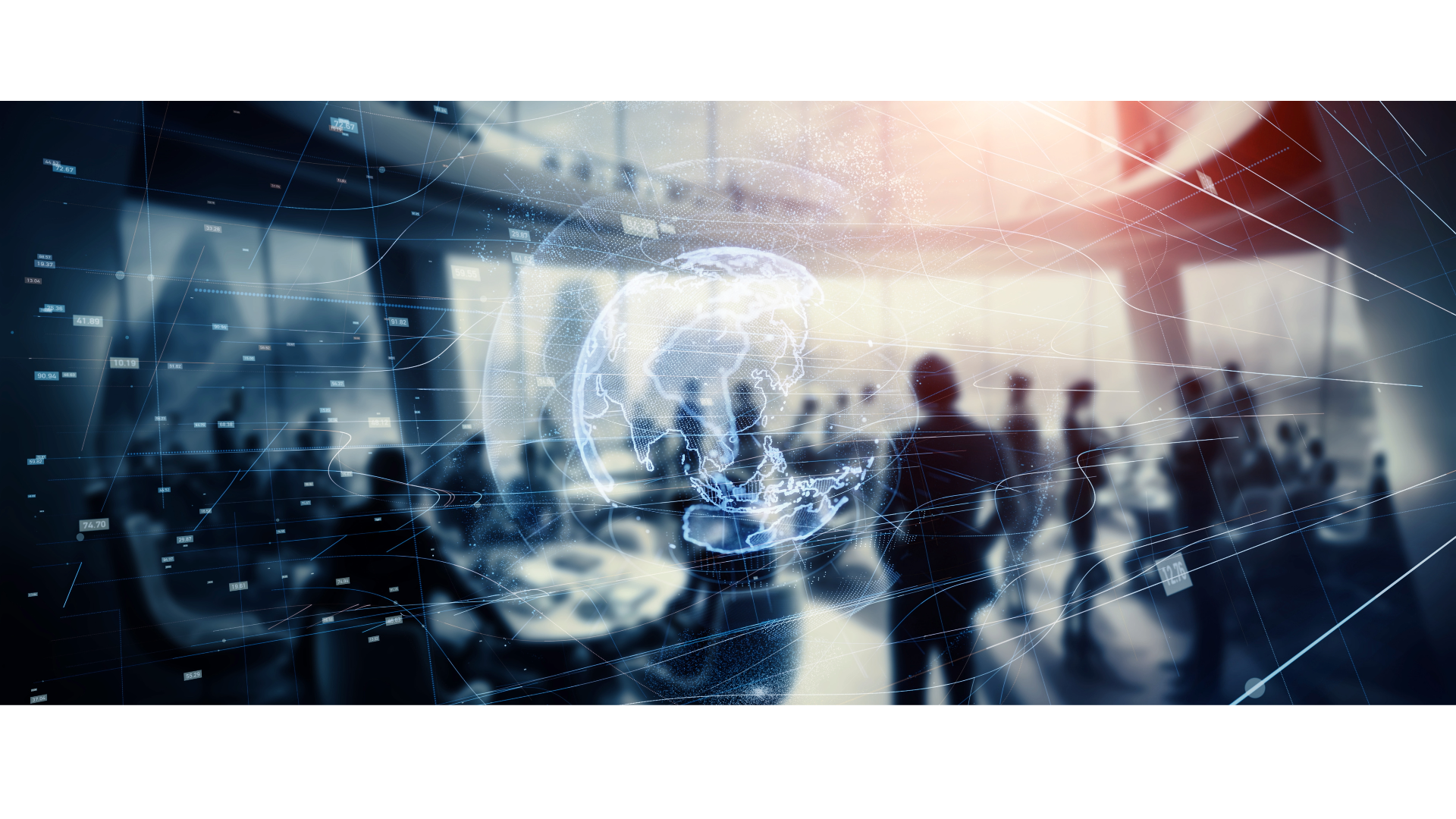The world of work is changing rapidly, and at the heart of this transformation is artificial intelligence (AI).
But what if we told you that the key to unlocking the full potential of AI lies in putting people first?
Welcome to the era of human-centred AI, a shift that is revolutionizing the way we think about jobs, performance, and the future of work.
Understanding Human-Centered AI
In the ever-evolving landscape of technology, artificial intelligence (AI), and specifically generative AI (Gen AI), have become buzzwords in both business and everyday conversations. But what exactly is ‘human-centered AI‘?
At its essence, human-centered AI revolves around enhancing human capabilities. If the goal is to boost human potential, it falls under the umbrella of human-centered AI.
It’s about utilizing AI to magnify our human potential, enrich our capabilities, and foster growth. This strategy focuses not merely on data or language models, but also on the social arrangements that empower AI to make a genuine difference.
Contrary to the narrative of AI replacing humans, human-centered AI is a strategic alliance between AI and human potential, positioning organizations at the forefront of harnessing AI’s transformative power in learning and development.
Addressing AI Anxieties in the Workplace
Despite AI’s potential, there’s a prevailing apprehension about job loss due to automation.
However, historical trends suggest that while technology can alter job nature, it doesn’t necessarily lead to job losses. On the contrary, AI can give rise to new roles and reskill existing ones; fostering a vibrant, adaptable workforce.
As we envision a future with AI at the helm, let’s swap out fears of mass unemployment for a blend of cautious optimism and proactive strategies.
Overcoming Resistance: Embracing AI as an Ally
A key challenge in AI adoption at the workplace is initial resistance. This can be addressed by highlighting how AI enhances, not replaces, human capabilities and performance.
Today’s L&D leaders are strategic enablers, fostering the development of a broad spectrum of technical and soft skills. With these competencies, employees can swiftly adapt to evolving technologies and business dynamics, boosting organizational agility and responsiveness.
When managing change and leveraging organizational shifts, early engagement with employees is key. Transparency and honesty are pivotal, especially when fostering a sense of ownership among employees as they adapt to agile processes.
Recognizing AI as a collaborative force in a learning journey isn’t merely strategic but a forward-thinking essential for staying ahead in the future of work.
AI as a Copilot: Rethinking Roles
The idea of AI serving as a copilot brings a seismic shift to our understanding of work roles. Consider this: when an AI tool tackles routine tasks such as financial calculations, it frees up valuable time for employees to channel their energy into more strategic and creative initiatives.
Yet, with this shift, we find ourselves contemplating our professional identity and the distinct value of our expertise.
The crux lies in achieving balance – embracing the potential of AI while recognizing its limitations and implementing protective measures.
The Impact of AI on Organizational Culture
Incorporating AI can significantly influence organizational culture. For instance, over-reliance on AI can create silos among employees. However, AI can also dissolve barriers and encourage collaboration through insightful data-driven recommendations.
This highlights an opportunity to leverage the power of peer learning. By shifting the focus from fixed job roles to fluid skills and tasks, we can create a vibrant work culture.
After all, skills are the foundation of all work, and employees with the right skills can excel in diverse roles.
Data Privacy and Other Risks
As data multiplies, so does the issue of data privacy. Organizations need clear policies to safeguard employee data.
So, how do we ensure ethical and responsible data usage?
AI’s power to revolutionize our work and life is undeniable, yet it demands cautious use. When using AI software that is free-to-use or has open access, consider the data you’re inputting, remembering that it could potentially be accessed by anyone online. Avoid sharing sensitive or proprietary data.
Clear guidelines and regulations for AI use in learning are essential. This includes robust data protection measures and regular audits to ensure compliance.
Conclusion
The future of work is here, and it’s human-centered.
By putting people first, we can harness the power of AI to transform jobs, improve performance, and create a more dynamic and adaptable workforce.
However, it’s crucial to navigate this new landscape with care, taking into account the potential risks and challenges. As L&D professionals, it’s our responsibility to guide our organizations through this transformation and ensure that we’re using AI in a way that truly benefits our people.
Are you ready to embrace the future of work? Hive Learning is here to help. Contact us today to find out more.

